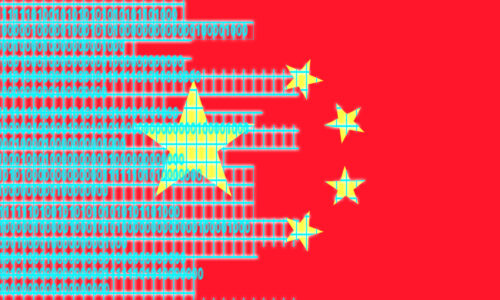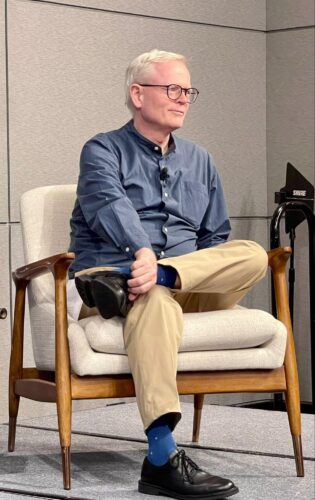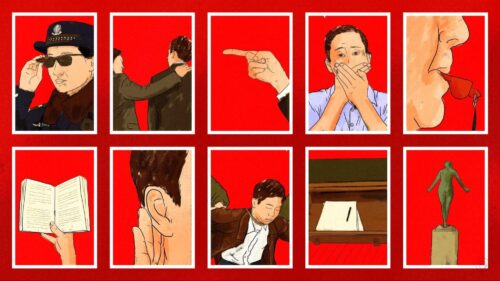TikTok censorship instructions

Photo credit: The China Project illustration
For a few months now, there has been creeping suspicion that TikTok, the one China-based social media app to gain global reach, is censoring content. The Washington Post reported on September 15 that the “Hong Kong unrest features prominently on most social media, but not on TikTok,” but the opacity of the app’s content moderation system meant that it was still unclear if political news was being singled out for censorship on the platform.
Then, the Guardian obtained “leaked documents detailing [TikTok’s] moderation guidelines,” which showed that these were some of the topics that were explicitly banned on the platform:
- Tiananmen Square
- Tibetan independence
- Falun Gong (a spiritual movement banned in China)
- “Criticism/attack towards policies, social rules of any country”
- “Inciting the independence of…Taiwan”
A spokesperson from Bytedance, the Beijing-based company that makes TikTok — as well as its local Chinese version, Dǒuyīn 抖音 — said that more recent moderation guidelines were in place now than the ones that were leaked, and “that the current guidelines do not reference specific countries or issues.”
But the Guardian leak has confirmed what many had suspected: Bytedance censors political content on its app closely and in line with Beijing’s priorities, just like Tencent or any other major China-based social media company.
For more on TikTok, we recommend a feature in the New Yorker by Jia Tolentino (porous paywall), who describes how the addictive algorithms of TikTok have hooked millions of teenagers in the U.S., India, and elsewhere, and also how the Chinese version and international versions of the app are different.





